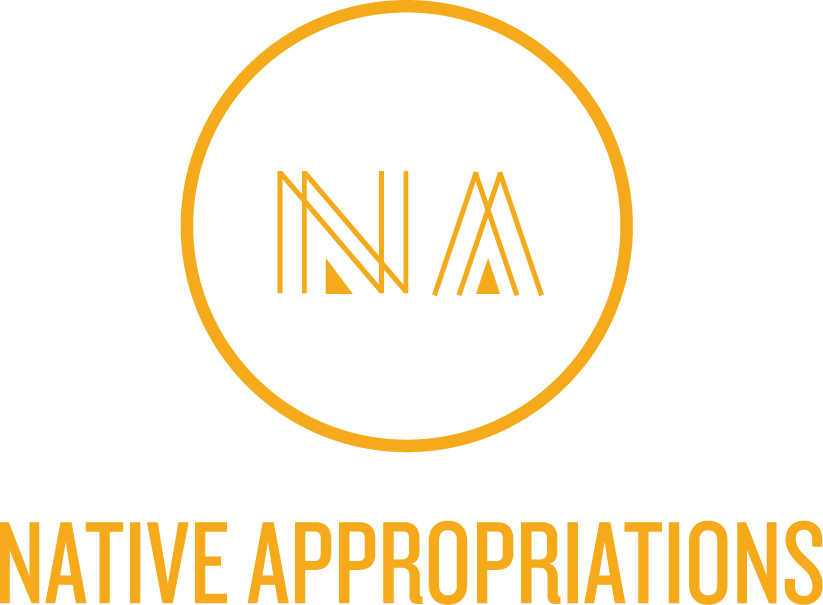
This morning I woke up to phone notifications. Blinking awake, I clicked over to twitter on my phone, and was greeted with the news: “New poll finds 9 in 10 Native Americans aren’t offended by Redskins name.” I sat up, let the phone fall in my lap, and said some choice words that I won’t print here.
The Washington Post has apparently devoted a lot of time and resources to conducting a “nationally representative” poll of “Native Americans” to find out whether or not they find the Redsk*ns name offensive. In their survey of 504 “Native Americans,” they found that 90% did not find the name offensive. They published a follow up that gives the details on the survey and answers some FAQ.
Before I dive in, a note: This is not something I should have to do. For the last 7 years I’ve been writing this blog we’ve made huge gains in the way the public thinks about Native peoples and Native mascots. It’s been the hard, hard work of a huge community of activists and community members for decades, and I just don’t understand why WaPo felt the need to do this poll. More on this in a minute, but we’ve got psychological studies, tribal council votes, thousands of Native voices, and common decency and respect on our side, yet that was not enough. The Washington Post needed their OWN survey. The perspectives of Native peoples, who this effects directly, apparently aren’t enough.
So the poll. WaPo has generously provided (that’s not sarcasm) the actual questions, the breakdown by demographics for each, so feel free to explore. Look here.











